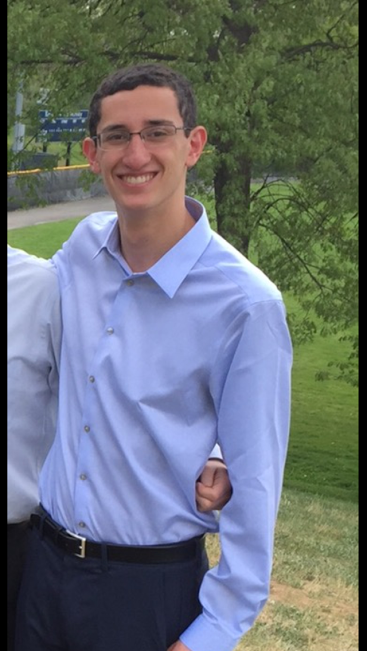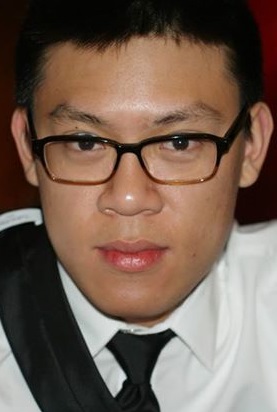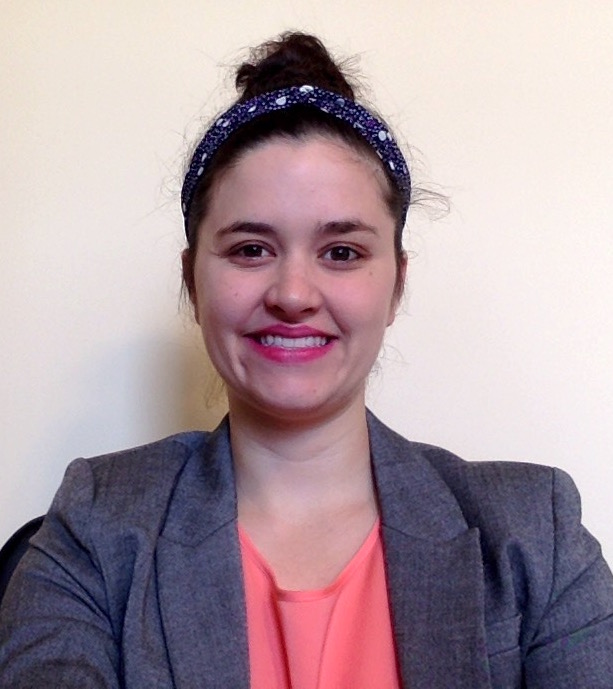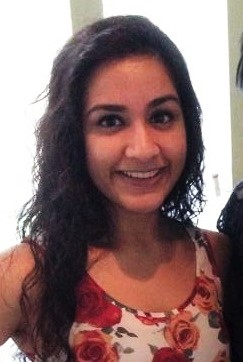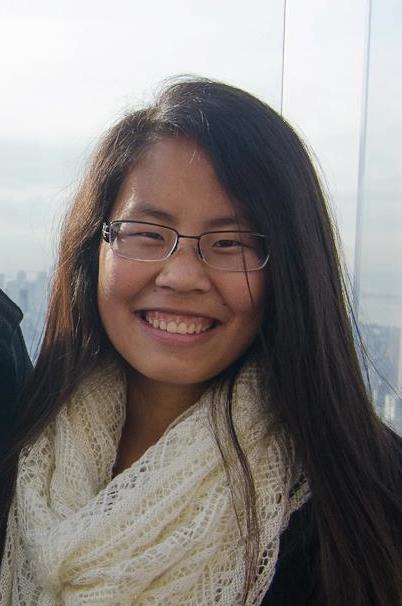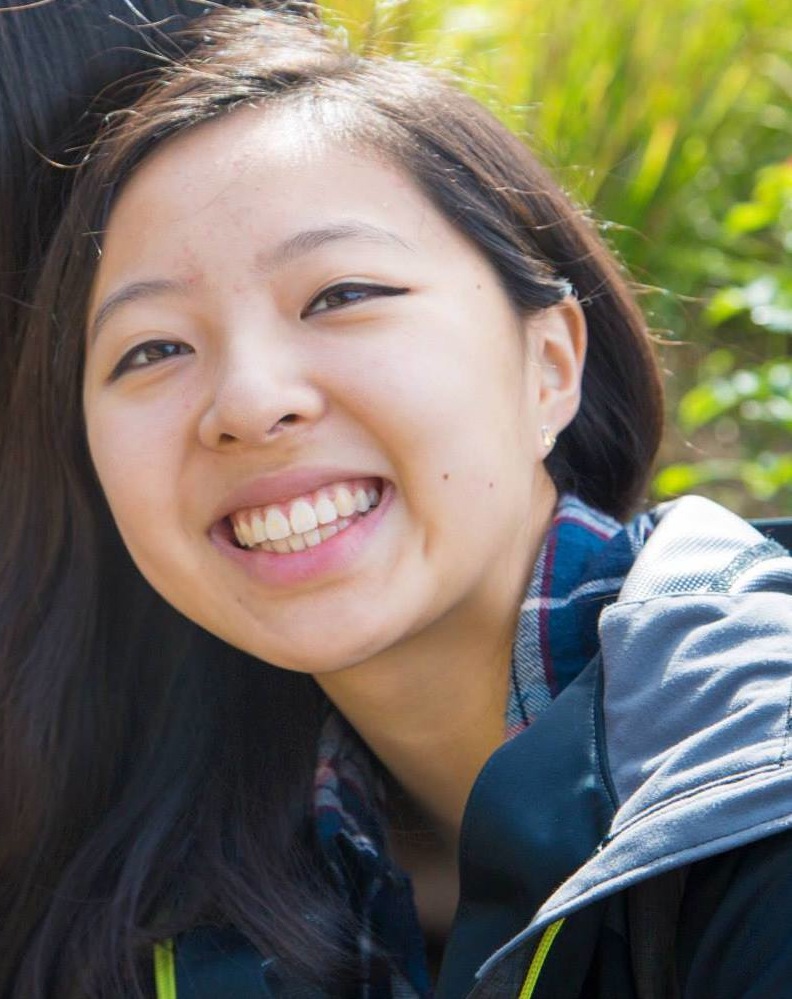I'm fortunate to have as a collaborator Jamie Reilly, who over the past decade has been spearheading an effort to deepen our understanding about how the brain represents concepts (i.e., semantic memory). Our review paper out in Psychonomic Bulletin and Review (Reilly et al., 2016) puts forth the current version of the dynamic multilevel reactivation framework. (It's part of a special issue on concept representation that contains a number of interesting articles.)
Recent years have seen increasing interest in the idea that concept representations depend in part on modality-specific representation in or near sensory and motor cortex. For example, our concept of a bell includes something about the acoustic sound of a bell ringing, which this view suggests is supported by regions coding auditory information. Information from different modalities would also need to be bound together, perhaps in heteromodal regions such as the angular gyrus (Bonner et al., 2013; Price et al., 2015). (Interestingly, Wernicke proposed much the same thing well over 100 years ago, as related in Gage & Hickok 2005. Smart guy!)
A distributed semantics view has intuitive appeal for many aspects of concrete concepts for which we can easily imagine sensory details associated with an object. However, it is much more difficult to apply this distributed sensorimotor approach to abstract concepts such as "premise" or "vapid". Similar challenges arise for encyclopedic (verbal) knowledge. These difficulties suggest that distributed sensorimotor representations are not the only thing supporting semantic memory. An alternative view focuses more on amodal semantic "hub" regions that integrate information across modalities. The existence of hub regions is supported by cases such as semantic dementia (i.e., the semantic variant of primary progressive aphasia), in which patients lose access to concepts regardless of how those concepts are tested. Reconciling the evidence in support of distributed vs. hub-like representations has been one of the most interesting challenges in contemporary semantic memory research.
In our recent paper, we suggest that concepts are represented in a high dimensional semantic space that encompasses both concrete and abstract concepts. Representations can be selectively activated depending on task demands. Our difficult-to-pronounce but accurate name for this is the "dynamic multilevel reactivation framework" (DMRF).
Although the nature of the link between sensorimotor representations and linguistic knowledge needs to be further clarified, we think a productive way forward will be models of semantic memory that parsimoniously account for both "concrete" and "abstract" concepts within a unified framework.
References:
Bonner MF, Peelle JE, Cook PA, Grossman M (2013) Heteromodal conceptual processing in the angular gyrus. NeuroImage 71:175-186. doi:10.1016/j.neuroimage.2013.01.006 (PDF)
Gage N, Hickok G (2005) Multiregional cell assemblies, temporal binding and the representation of conceptual knowledge in cortex: A modern theory by a "classical" neurologist, Carl Wernicke. Cortex 41:823-832. doi:10.1016/S0010-9452(08)70301-0
Price AR, Bonner MF, Peelle JE, Grossman M (2015) Converging evidence for the neuroanatomic basis of combinatorial semantics in the angular gyrus. Journal of Neuroscience 35:3276-3284. doi:10.1523/JNEUROSCI.3446-14.201 (PDF)
Reilly J, Peelle JE, Garcia A, Crutch SJ (2016) Linking somatic and symbolic representation in semantic memory: The dynamic multilevel reactivation framework. Psychonomic Bulletin and Review. doi:10.3758/s13423-015-0824-5 (PDF)

